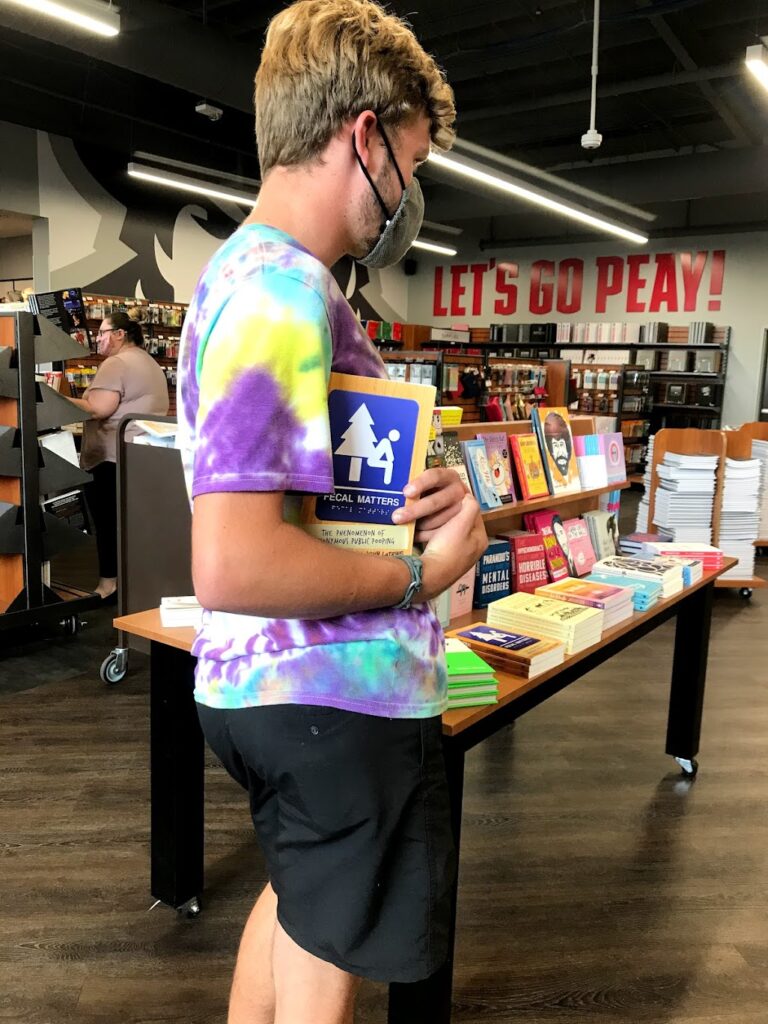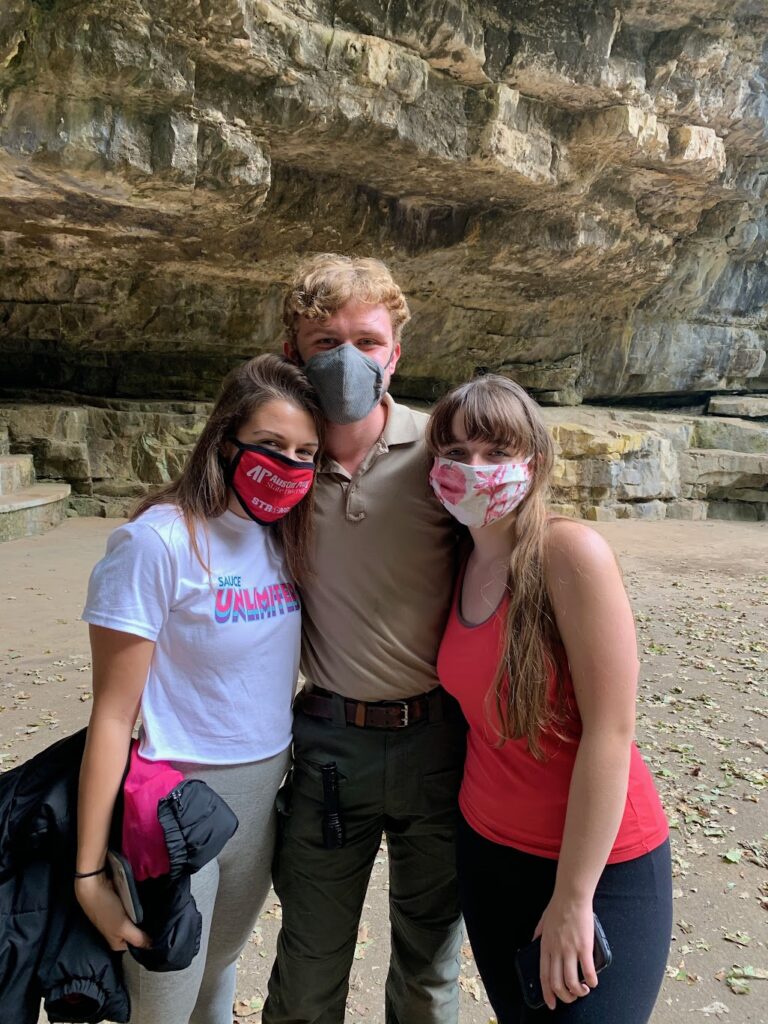I grew up in a PBS, gin rummy, and backyard play household that restricted all video games save Just Dance. That’s not a dig at my childhood, I actually very much liked the kinds of play I was encouraged to engage in. It does mean though, that, as an adult and even when I was a kid, I lack this arena of knowledge or sort of cultural experiences of my peers. PC games I played were limited too, but I did frequent those iconic Barbie games and absolutely SLAY Poptropica. In a way, with how many times I played the Time Tangled and Greek mythology modules, Poptropica was my first introduction to historical games. Between this and Rick Riordan… let’s just say my obsession was fed.
The Krijn H.J. Boom reading was really thought provoking for me, probably because of my never having played Assassin’s Creed or anything of that nature. The idea that video games are an entry point for people to gain interest in history is great, but the article’s discussion of depth is what I found most interesting. Obviously violence in video games is a highly contested issue and Broom makes a point to say that studies on the effects of this are currently inconclusive. However, to employ a historical background in a combat focused video game without any sort of nuanced interpretation or strategic attention to multiple perspectives can be damaging. In those cases, the game may be instructing the player to assume the role of the invader/colonizer/killer/soldier and never have to face the effects of their actions whether it be on other cultures, individuals, or even the environment. I think this boils down to a game’s goal. Assassin’s Creed, as far as I understand is not primarily concerned with teaching history. Rather the historical element creates an engaging story, thus furthering the actual goal of many people playing. Non linear stories provide a partial solution to this problem. Don’t get me wrong, I’m not of the mind that a Twine game is going to replace Far Cry, but creative non-linear game play can be and actively are made to fill this void.
Cait Kirby’s September, 7th 2020 game really astonished me. It was super simple and probably could be made to be more aesthetically pleasing or modern looking, but I actually think it’s sterile, older look suited the subject. Playing the undergraduate game, I could not believe how instantly it transported me back to that period of my life.


While my experiences were not exactly the same as the game character, they were pretty close and I played as if it really was me making decisions. All sorts of feelings bubbled up as walking through that day was very much like going back to a day in my own life. I think that means she was successful… that I was feeling this way. Of course, I connected with it particularly because on September 7, 2020 I was an undergrad going to class terrified with my mask on in Tennessee where there were no restrictions anymore. I think anyone could have related to the characters in one way or another though and that experience really illustrated the aim of non linear and more inclusive historical games.


Messing around with the actual interface in class was fun and like usual, I wish we’d had more time. I’m sure there’s some way that I can someday incorporate digital storytelling into my work. On that note, at least for me, there needs to be more exploration into the ethics of this kind of storytelling when telling difficult histories. How do you recreate the mindsets, choices, sufferings, etc… of a marginalized group without trivializing or making light of their real lived experiences? I doubt there’s an easy answer to this question, but it’s something I know I’ll continue thinking about. In all, however, I am intrigued with this week’s topics of discussion and technical activities!
Leave a Reply